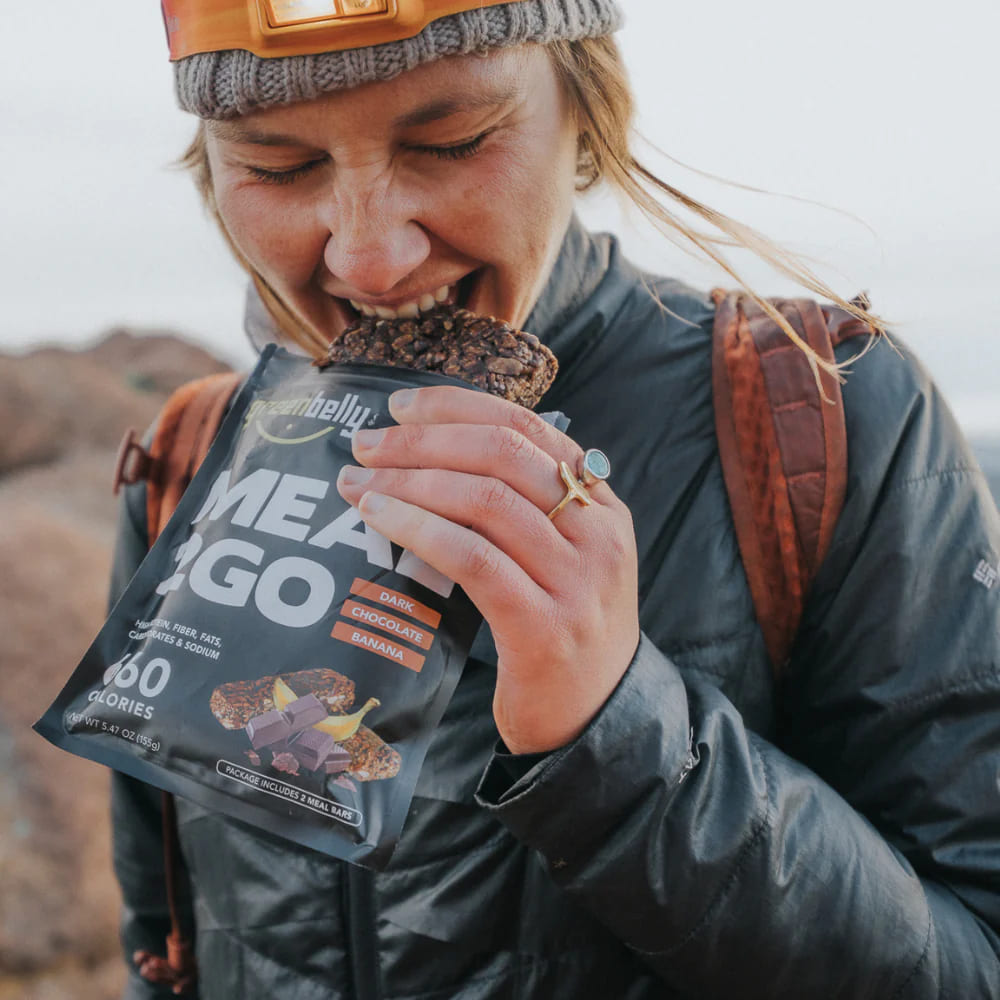© Liz West (CC BY 2.0)
Some of us drool for fresh fruit and vegetables on the trail. We know how hard it is to incorporate ripe, tasty and nutritious produce in our trail diet while still keeping pack weight down.Not only is fresh produce heavy, it is bulky and less calorie-dense than more common backpacking staples (like bars, nuts and beef jerky). Fruits and veggies are also plagued by short shelf lives and bruising skin - not exactly the ideal food for long, rugged treks through the wilderness.
But, eating dry trail food for days can leave you yearning for the freshness and flavor of fresh produce. With a bit of research and prep, you can bring along enough produce to keep you healthy and happy, adding minimal extra pack weight. Nutritious and hydrating, even small amounts of fresh produce can restore your energy and help you get the most out of your miles on the trail.
As a general rule of thumb, hardier (not heartier) fruits and veggies make a better option for trail meals. Soft fruits and veggies often require extra protection from bruising (like a plastic container) that will tack extra weight and bulk onto your pack.
Below are some of our favorite produce types for backpacking, how to pack and/or prepare them, and what makes them a good choice for your next trip.
1. Seaweed
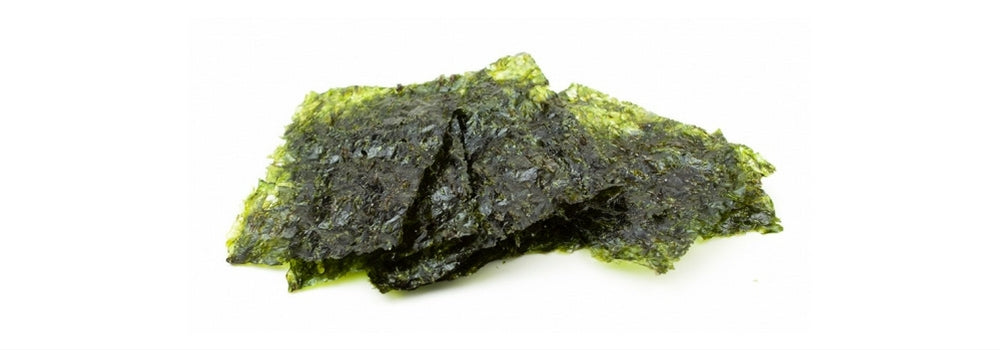
Dried seaweed makes a great green trail food. It's ultra-lightweight, chock full of vitamins and minerals, and lasts a looong time. You can throw it in a soup or eat it raw as a snack. If you like to keep your seaweed snacks crispy, make sure to keep them in an airtight container to protect from moisture. Often seaweed snacks come with silica gel packs for this purpose--throw that in as well.
2. Carrots
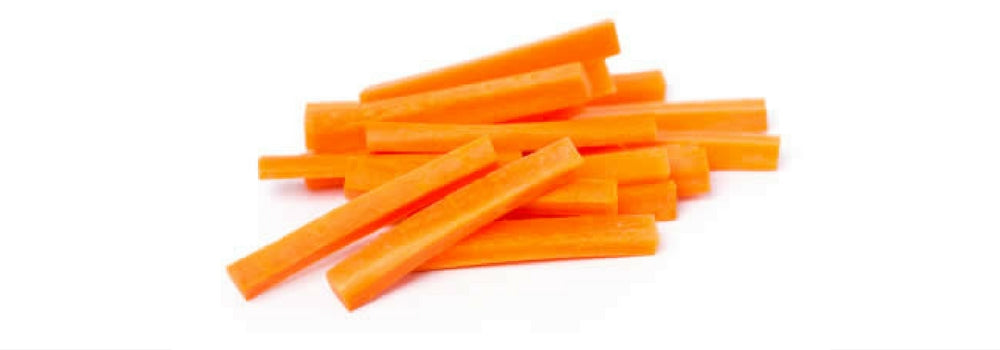
Tough, tasty and ready-to-eat - fresh carrots are among the easiest types of produce to bring along on the trail. Hand scrub (but don't peel!) your carrots, then cut them into halves width-wise, then quarters lengthwise. Store them in a plastic sandwich baggie lined with a damp paper towel, leaving the bag slightly open to allow airflow. This will keep your carrots fresh for up to 5 days.
3. Broccoli

As one of the hardier green vegetables, broccoli is a winning combination of tough and nutritious. Florets can be cooked or eaten raw. A head of broccoli will last about 3 days in your pack.
4. Radishes
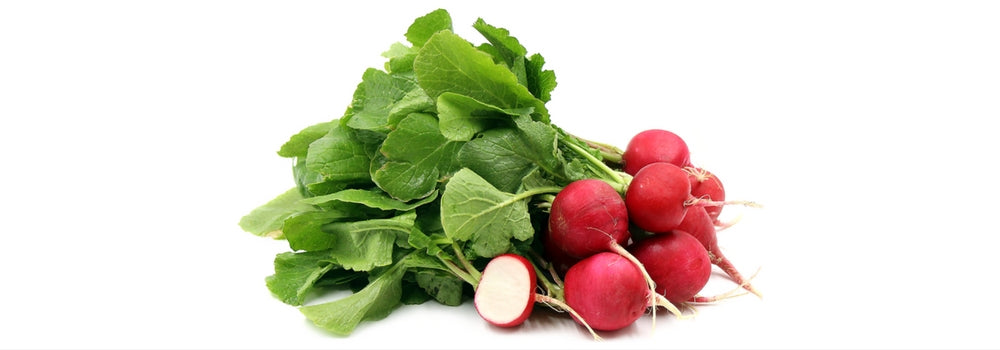
Radishes make a hydrating and vitamin-rich snack. Pick the larger radishes off the bunch (the bigger they are, the longer they last). Don't wash them, but do trim off the tops and bottoms. Store the same way as carrots: in a slightly open sandwich bag lined with a damp paper towel. Lasts for 3-5 days.
5. Bell Peppers

Juicy, sweet bell peppers can be cooked into your meals or eaten raw like an apple. When shopping for supplies, choose unblemished peppers with thick flesh for the best shelf life. Wrap the pepper whole in a paper towel, then place the wrapped pepper inside a brown paper bag. It's also a good idea to store peppers inside your cooking gear to avoid crushing them. You can use the paper as fire kindlin' after eating.
6. Kale
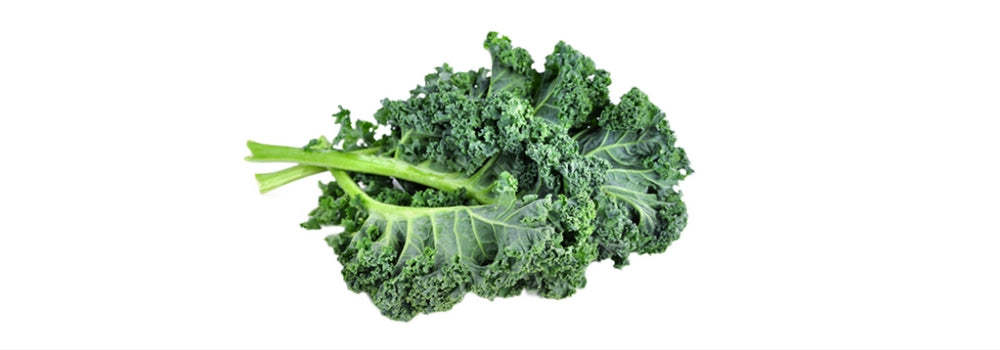
Of the leafy greens, kale is probably the best choice for backpacking. In cooler weather, fresh kale will last a bit longer before wilting than other greens. Still, unrefrigerated leafy greens will not keep long (about 2 days) and should be consumed as soon as possible.
7. Oranges

Though they're about 90% water and subsequently heavy, the tough skin of an orange enables it to take a beating. Their fresh juice can be heavenly after a few days in the backcountry. Not to mention Vitamin C can be hard to come by.
8. Peas
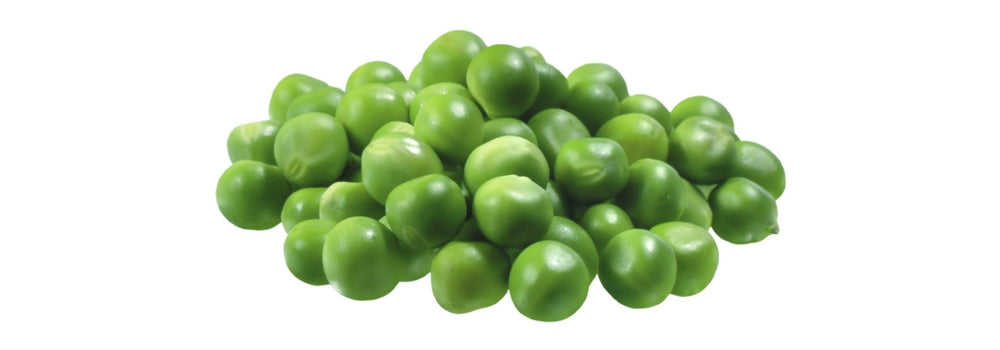
Lightweight, delicious and nutritious. These pea pods are a popular snack among hikers and also go great in noodles. Sugar snap and snow peas stay fresh about 2-3 days. For the best shelf life, don't wash the peas until you're ready to eat them.
9. Apples

One of the most shelf stable fruits - apples can keep for weeks. Their skin can act like a mini toothbrush as well. They bruise somewhat easily. But, with a little care about pack placement, they should be fine. They will provide you with a thirst-quenching energy boost as well.
10. Onions

A naturally rugged and hardy produce. An intact onion needs little preparation before packing. Though on the heavier side, a little onion can add a lot of flavor to your meals making them worth consideration.
11. Cauliflower

Cauliflower can be eaten raw or cooked. The best way to store cauliflower is to break florets off the head, and store in a open sandwich bag lined with a damp paper towel.
12. Chili Peppers

If you like a little heat with your food, fresh chilies take up little room, and can be stored exactly like bell peppers: wrapped in a napkin and brown paper bag. Dried chilies (or crushed) can last months.
13. Garlic

Like onions, garlic cloves require almost no special attention. They stay edible for years, and add a whole lot of flavor to your food. The best part though - you only need a little bit for a lot of flavor.
14. Celery
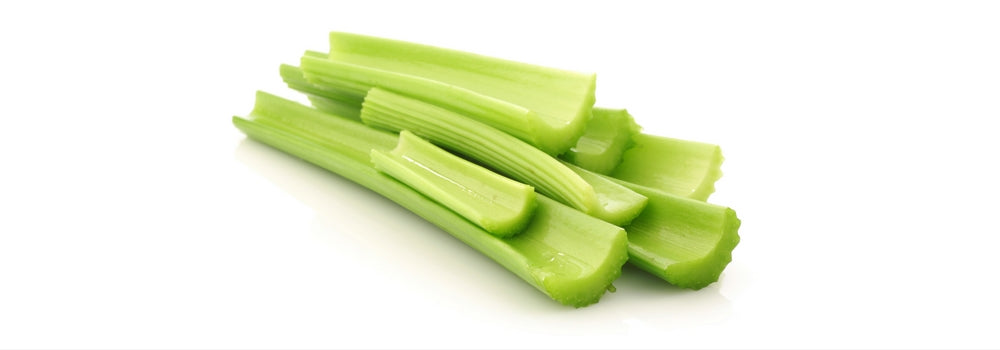
Thirst-quenching celery can be stored much the same as carrots. Cut the celery stalk into smaller pieces and store in a damp paper towel-lined sandwich bag. Be sure to leave the bag slightly open.
15. Mushrooms

Rich in flavor and a solid source of vitamins and minerals, mushrooms are another popular trail food. Mushrooms can be stored a few days in their original packaging, with a few holes poked in the plastic for air. For loose mushrooms, a brown paper bag makes an effective container that will keep them fresh for 3 days.
More Tips for Fruits and Veggies on the Trail
-
Buy 'em ripe and bruise free. They'll keep longer in your pack and give you more time. Spotty and blemished produce will only go bad quicker after a little tossing around in your pack.
-
Don't store your produce in sealed plastic bags. Ripening produce releases gas that gets trapped in the bag, accelerating decomposition.
-
Freeze-dried or dehydrated produce can retain nearly the original levels vitamins and minerals, and weighs much much less than ripe produce.
-
Fruit and vegetable powders and multi-vitamins are great ultralight options for desperate vitamin and minerals.






 650-Calorie Fuel
650-Calorie Fuel